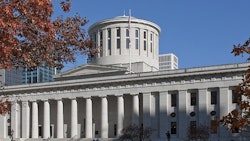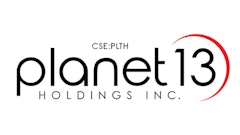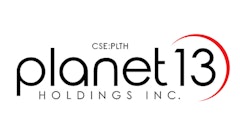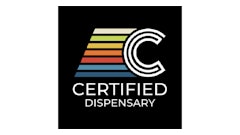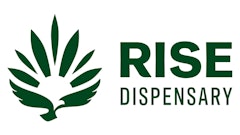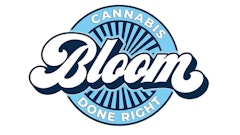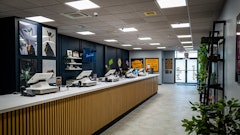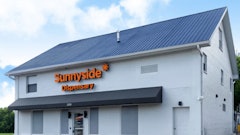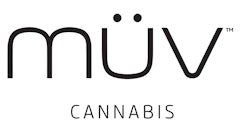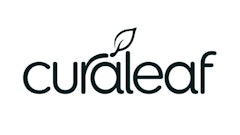
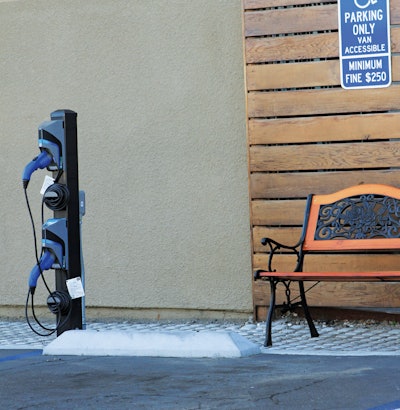
There’s no doubt that the cannabis industry is resource dependent. In February, for example, Denver’s Department of Public Health released data showing that cannabis businesses use roughly 4 percent of the city’s total electricity.
However, sustainable design and construction, and obtaining Leadership in Energy and Design Development (LEED) certification (a rating system by the United States Green Building Council to evaluate a building’s environmental performance) are strategies that can be leveraged by retailers to practice good earth stewardship.
“Going green” can mean more upfront costs, but it can also reduce ongoing operational costs, improve employee productivity and support social responsibility efforts. Here are five ways to make your dispensary more environmentally friendly.
1. Start with the right team.
Whether the project is a new build, an interior improvement or a green overhaul of operations, meet early with an architect, designer or LEED/sustainability consultant. Early sustainability-informed discussions can ensure that the selected location can support the project and its goals. Everyone involved in the project—your real estate agent, mechanical (heating, ventilating, air-conditioning (HVAC)) engineer,
2. Create a green experience upon arrival.
A sustainable customer experience can start on the street. Visible “green site” and building features can alert customers that they are visiting a sustainable dispensary and help with conservation efforts. Examples include:
- permeable driveway and sidewalk areas that can capture
storm water on-site and reduce the load on localinfrastructure , such as sewer systems; - lightly colored concrete and shade trees that reduce the heat-island effect;
- car-charging stations, preferred parking for low-fuel/electric vehicles and carpoolers, and bicycle racks can serve forward-thinking commuters and reduce parking lot congestion;
- exterior
sun screens on vulnerable windows can reduce energy use and interior glare; and - building- or carport-integrated solar panels can help offset energy costs.
3. Save energy passively and actively.
Start with an energy-efficient “envelope:”
low-e (low emissivity), operable windows sized and placed withclimate in mind; and- higher R-value insulation* and reflective roof coatings can help reduce the size of the HVAC equipment needed and how often the equipment must run.
- Once the “envelope” is dialed-in for energy savings, choose high-efficiency HVAC equipment and LED lighting with daylight, occupancy and vacancy sensors where appropriate. With reduced building and equipment energy needs, photovoltaic panels will go further in offsetting energy costs.
4. Make every drop count.
Retailers can develop a comprehensive water-saving strategy that includes:
- landscaping (utilize climate-appropriate plants and efficient irrigation);
- rainwater collection (which will vary depending upon the location’s climate);
- interior potable water use (incorporate low-flow plumbing fixtures and capture gray water for re-use if appropriate); and
- process water (investigate industrial water needs to determine whether there are opportunities to recycle, recirculate or recapture).
5. Foster an environment focused on wellness.
Creating a retail experience that supports the health of customers and employees can lead to improvements in productivity and marketing opportunities. Examples include:
- Choose finish materials that are durable, easily cleaned and low in toxicity;
- Include a ventilation system that increases air-exchange volume and/or includes monitoring of indoor air quality; and
- Implement a green cleaning program to minimize the introduction of toxins to the premises.
*The R-value is insulating material’s thermal resistance. The higher the R-value, the more effective the insulation.










